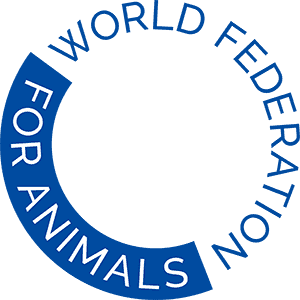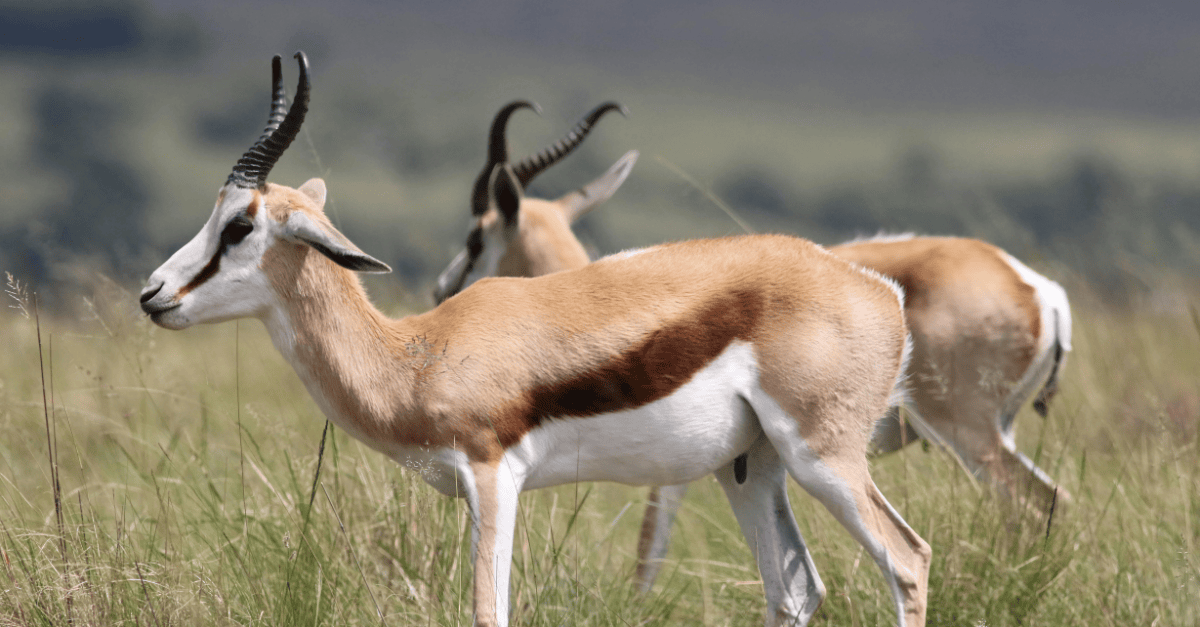Earlier this month, I attended the UN High-Level Political Forum (HLPF) on Sustainable Development. The HLPF is the annual review process for the Sustainable Development Goals (SDGs), providing an opportunity for UN Member States and stakeholders to review progress on a subset of SDGs, as well as topics relevant to countries in special circumstances (such as Small Island Developing States, Least Developed Countries, etc). The HLPF also allows Member States to present Voluntary National Reviews, showcasing the actions they have taken to implement the SDGs at the national level. The HLPF usually culminates in a negotiated outcome document, called the Ministerial Declaration.
Key focus areas for 2024
This year was of particular interest to animal protection organisations as SDG 2 (zero hunger) and SDG 13 (climate action) were among the five goals under review. The 2024 HLPF also set the stage for the upcoming General Assembly High-Level Meetings and Summits, including the Summit for the Future.
This was the 5th HLPF I have attended in person since 2017, and I can confidently say that this year marked a definite change in tone from previous HLPFs. Whereas the early years of the HLPF felt full of ambition and creativity, the sense of urgency has ratcheted up through the years. This urgency began with the need for Member States to respond to the COVID-19 pandemic. It crescendoed through the midway point of Agenda 2030 in 2022 and 2023 as data poured in, indicating just how far off track the world is to achieve the Agenda, notwithstanding the impacts of the pandemic on sustainable development.
This year, however, was eerily quiet, with seemingly lower attendance from both Member States and other stakeholders, even as global temperatures soared and conflict in several regions of the world continued unabated. This silence was exacerbated by the current UN liquidity crisis, which prompted a severe reduction in the number of side events hosted at the headquarters and thus a constriction of the opportunities for dialogue and exchange of ideas among attendees. Regarding the Ministerial Declaration, the process this year was especially fraught. Although the High-Level Segment wrapped up on 18 July, it would be nearly another week before a text could be agreed upon by Economic and Social Council (ECOSOC) members, and even this text contained several paragraphs which were put to a vote, rather than achieving the desired outcome of a consensus document.
Reasons for optimism
While this year’s HLPF seemed by all measures to be stuck in the doldrums, I remain optimistic that solutions to many of the interlinked and mutually reinforcing crises we currently face are within reach. This is for three reasons:
- The Secretary-General’s SDG Progress Report highlights circular linkages across our current crises (for instance, food security exacerbates deforestation, which exacerbates climate change, which in turn exacerbates food security). While it seems counterintuitive, the interlinked nature of our current crises (food security, biodiversity loss, climate change, pollution, and even peace and security) can present an opportunity, because using integrated and balanced solutions like animal welfare can support progress across multiple SDGs at once and create a virtuous cycle. For instance, shifting our production and consumption patterns in food systems, including shifting toward more sustainable and healthy diets, as well as higher welfare and more environmentally friendly production systems, can directly support food security and climate mitigation. Further, improving food security would decrease deforestation, which would in turn increase climate change mitigation, creating a virtuous cycle. In essence, the same linkages we see causing various systems to spiral out of control can indeed be leveraged to bring them back into balance.
- We had the opportunity to speak to a range of countries at the HLPF and used the opportunity to hear their priorities and concerns. In general, across both Global North and South countries we heard broad support for strengthening the environmental dimension of sustainable development. We also heard recognition of the role that animals play in healthy ecosystems, and therefore why protecting animal health and welfare is important. Concretely, we were encouraged to see the recognition of a human right to a healthy environment reintegrated into rev2 of the Pact for the Future, a document in the final rounds of negotiations and expected to be adopted in September 2024.
- Finally, although a major criticism of the HLPF is accountability, outside of the doldrums of the HLPF, this year many Member States have the opportunity to inject their national policies on both climate and biodiversity with renewed ambition and concrete actions. As a colleague and I argued in IISD recently, the update of Nationally Determined Contributions under the Paris Agreement presents an opportunity for countries to integrate balanced approaches across biodiversity and food systems to improve their climate change mitigation potential. WFA is working to support countries in this process by producing an inventory of policy actions and case studies, expected to be released later this year.
While the HLPF is perhaps reaching a nadir with six years left to 2030, other fora may provide a more concrete opportunity to advance and re-energise sustainable development objectives. The inclusion of policies related to biodiversity and food systems in NDCs can have a real impact on climate change mitigation by preserving and restoring nature and animals’ carbon sequestration capacity, while delivering benefits across a range of SDGs. Countries that do so have the potential to jump-start progress and enthusiasm toward the achievement of the SDGs, and, hopefully, disrupt the doldrums the HLPF currently finds itself in.
For more information about the HLPF official sessions, the ENB Meeting Summary can be found here.





